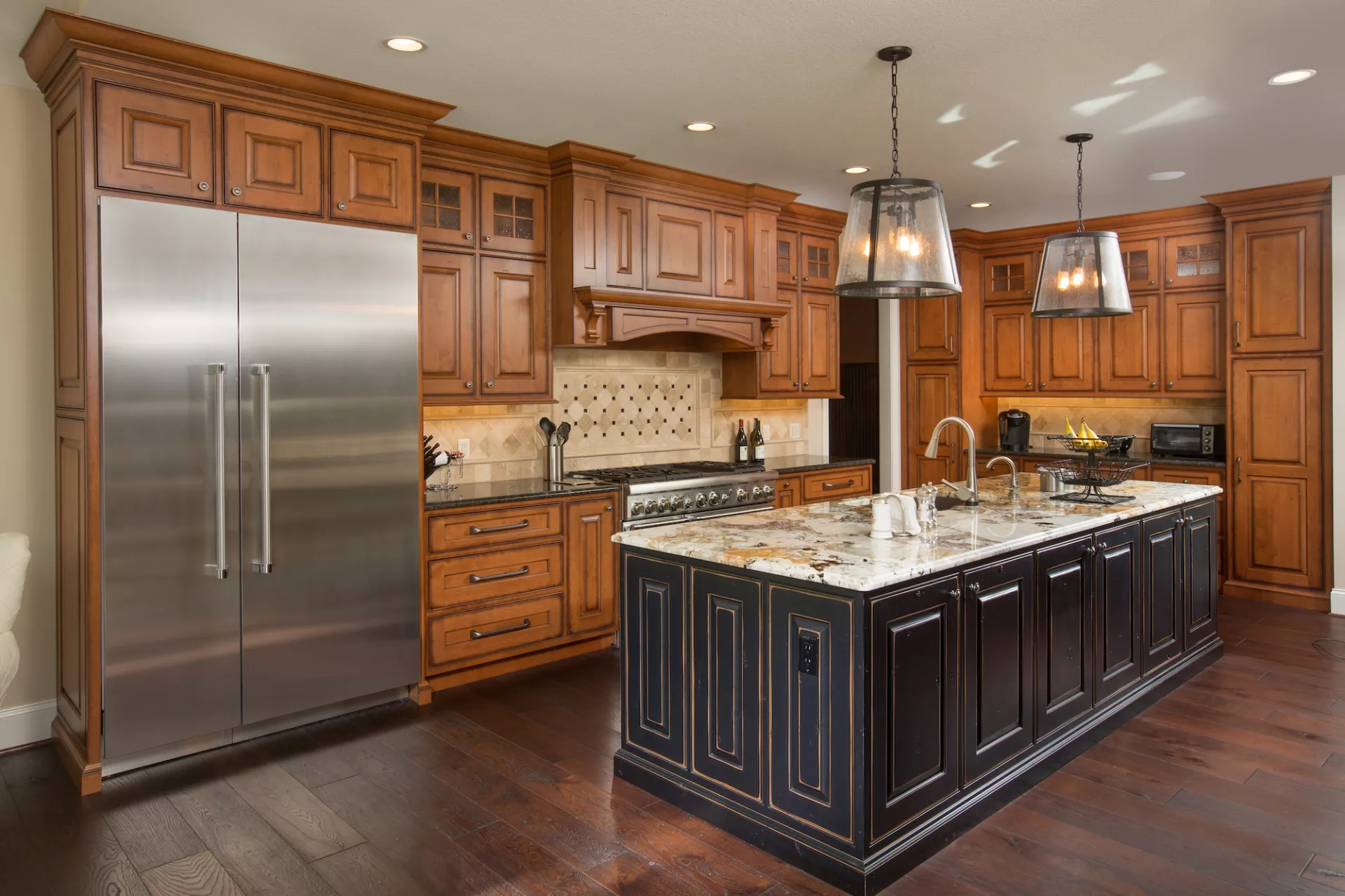Looking to renovate a room in your house but don’t know what kind of flooring to go with? Flooring is often an afterthought in a renovation project but can really steal the show if done right. Picking out the appropriate color, texture, ease of maintenance and overall look of your flooring is essential when tying together the whole room. Here are some tips to make your decision a lot easier!
What’s Important To Know Before Deciding?
- In which rooms are you considering new flooring? A smaller project might afford a more high-end material whereas a larger, whole-house project might require a more budget-friendly surface.
- Consider your family status and lifestyle. Do you have children, elderly, or disabled family members? Do you have any pets? If you have little ones or pets deciding on the texture is important so that it’s soft enough to protect from falls or durable enough to handle the wear and tear of pets.
- Does anyone in the home suffer from any respiratory allergies or sensitivity to chemicals that aggravate these conditions? Wood and cork flooring are generally considered the best choices for allergy sufferers. Laminate flooring, on the other hand, may or may not be a good choice for asthma sufferers, as many laminates contain harsh adhesives that can aggravate this problem.
- How much care and maintenance do you want to put into the flooring? Carpeting is going to require regular vacuuming and even steam cleaning. Hardwood or laminate floors often demand frequent sweeping and polishing. Deciding how much work you want to do will help narrow your choices.
- How important to you is the style and artistic perspective of your floor? Do you want a high-end expensive surface or will a more economical choice do? If you are looking to really make a statement in your renovation project, consider sophisticated, upscale options as opposed to conventional choices.
- Shop around and test out different materials and styles from different vendors. You may be surprised to find that some discount building suppliers and even big box hardware stores can offer flooring at a reasonable cost that is equal in quality and style to higher end flooring vendors.
What Are The Choices?
- Vinyl– Its easy-to-clean surface and wide range of available colors and patterns make it a versatile, economical, and low-maintenance choice.
- Laminate– Mimics the look of other floor materials by employing a vision of real wood, stone or tile covered with a wear-protective layer. Some laminates are virtually indistinguishable from the real thing while costing a fraction of their legitimate counterparts.
- Wood– The beauty and natural variability of real wood flooring is hard to beat. There’s a whole realm of choices available with wood floors starting with species like maple, oak, and hickory.
- Bamboo– Look and feel like wood except bamboo can actually be harder than some woods. Its attraction lies with its environmental sustainability, its dimensional stability, and its hardness, given proper harvesting and processing techniques.
- Linoleum-An all-natural product made up of linseed oil, wood or cork flour, mineral fillers, and pigments that are combined and applied to a jute or canvas backing. It’s sometimes confused with vinyl, but its natural ingredients provide a more environmentally friendly material than vinyl.
- Carpet– Offers a warmth and softness not found in other surfacing options, but it’s obviously not for all applications. Many choose carpeting in bedroom areas and opt for more stylish, hardwood or tile options elsewhere in the home. Carpeting not only comes in a wide variety of colors and patterns but in many different textures as well, making it a versatile style option.
- Cork– Offers some very tangible benefits. It’s naturally water resistant and repels the development of mold and mildew because of its anti-microbial properties. Cork has both sound and temperature insulating properties and is abrasion-resistant too. Cork is obtained from the cork oak, but the tree isn’t consumed in the process. Rather, the cork is from the bark of the tree, which is harvested every several years making it a sustainable product choice.
- Tile– Provides almost infinite style and decorating variety. There’s practically an endless range of styles available and the ability to combine them within a floor plan offers many design options. Tile is durable, long-lasting, and works well with in-floor radiant heating systems.
- Concrete– Decorative and durable flooring that provides a real design statement. It’s basically a creation-in-place so you have limitless design options in the way of colors, patterns, borders, and textures. Floors can be styled to mimic stone or brick or just about whatever style you can dream up. Their natural coolness offers cooling benefits in warmer months and they can be combined with radiant floor heating systems to warm them up in colder months.
- Stone– Typically made up of pieces of actual stone cut into various sizes of tiles. Stone provides a durability and beauty that’s difficult to duplicate in the man-made world. There are a range of colors to choose from depending on the type of stone, anywhere from neutral tan and gray to purple and red. Stone is also a good surface to use with radiant floor heat systems.
